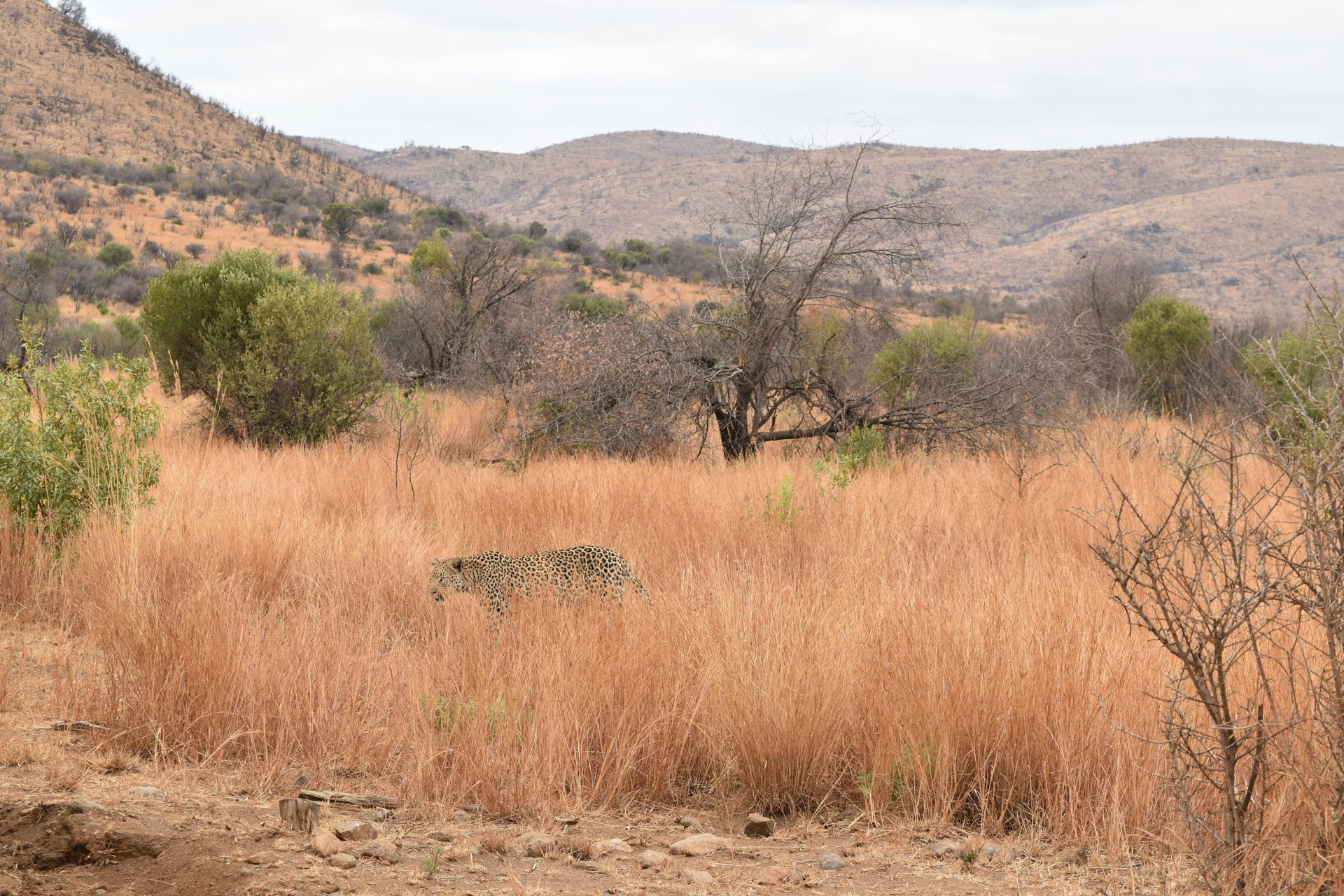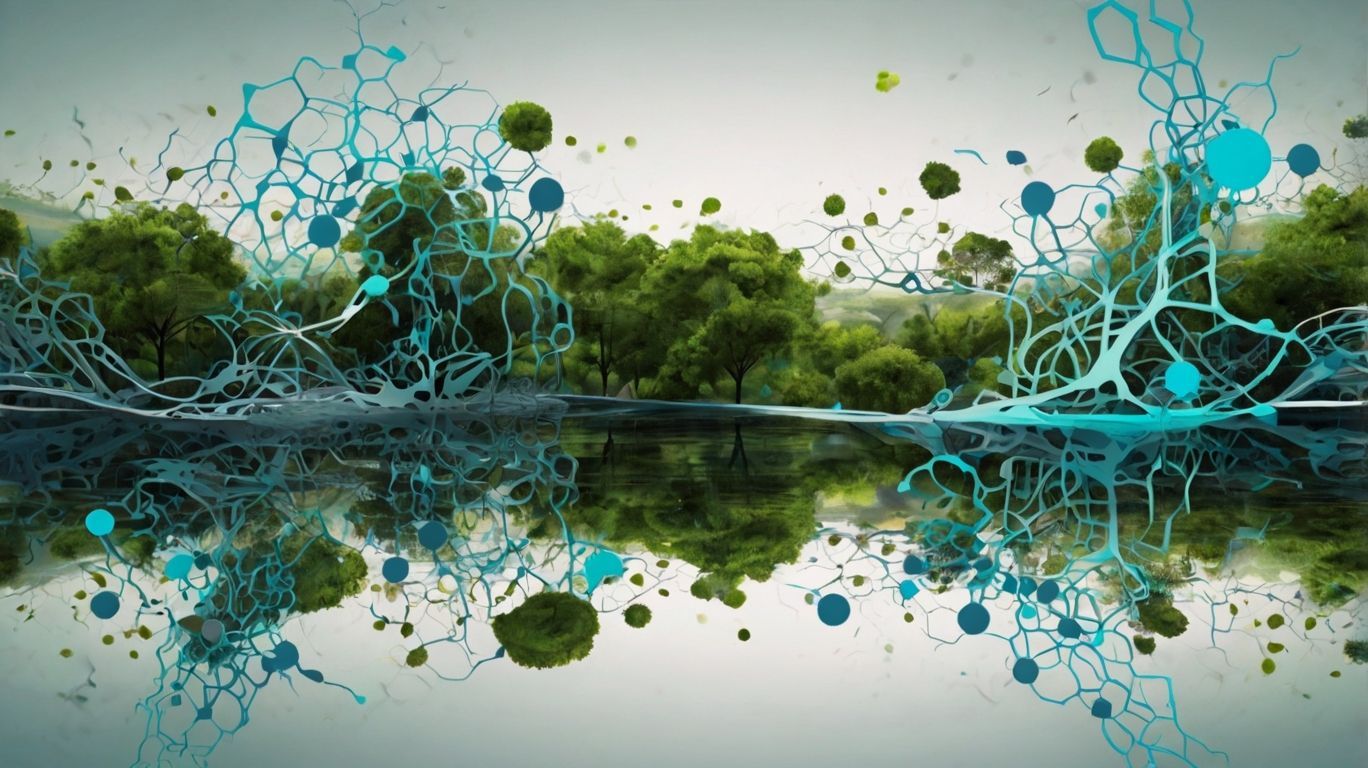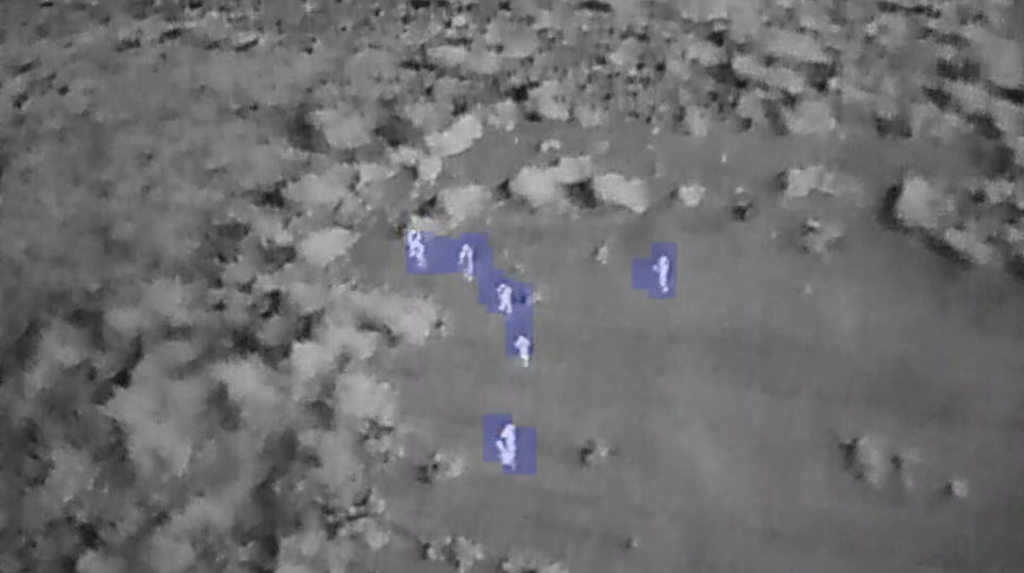How Drones and eDNA are Transforming Biodiversity Research
In an exciting development for biodiversity research and conservation technology, DJI, Wilderness International, and ETH Zurich have collaborated on a groundbreaking pilot project that uses drone technology to collect environmental DNA (eDNA) samples from previously unreachable areas. This innovative approach not only revolutionizes how scientists monitor biodiversity but also offers a cost-effective and minimally invasive alternative to traditional methods.
Key Takeaways:
- Conservation Technology: DJI's drone technology, combined with eDNA sampling, is transforming how biodiversity is monitored.
- eDNA Sampling: Provides new insights into previously inaccessible habitats, offering a more comprehensive understanding of biodiversity.
- Collaborative Efforts: Partnerships between tech companies, research institutions, and NGOs drive advancements in conservation technology.
A New Era in Biodiversity Monitoring
Conventional biodiversity monitoring methods are often limited by time, cost, and accessibility challenges. However, with the launch of this innovative eDNA project in March 2024, the collaboration between DJI, Wilderness International, and the Environmental Robotics Lab at ETH Zurich presents a new frontier for conservation technology. The DJI Matrice drones, equipped with a robotic arm developed by ETH Zurich, allow researchers to collect eDNA samples from the treetops of the Peruvian rainforest—areas rich in biodiversity but difficult to access.
By analyzing the traces of DNA left behind by organisms, scientists can identify the species present in these high-canopy regions, where an estimated 60-90% of all rainforest species reside. This technique enhances our understanding of the biodiversity of these ecosystems, which have historically been under-sampled due to their inaccessibility.
Since the project's inception, 36 samples have been collected from three locations within the Peruvian rainforest. These areas, protected by Wilderness International, provide crucial data that will help further conservation efforts, supporting the NGO's mission to preserve these critical habitats.
What is eDNA?
Environmental DNA (eDNA) refers to genetic material obtained directly from environmental samples such as soil, water, or, in this case, air and treetops, rather than directly from an individual organism. As animals move through an environment, they leave behind traces of their DNA—shed skin cells, hair, feces, or saliva. Scientists can analyze these traces to determine which species are present in a particular area.
eDNA sampling is a powerful tool for biodiversity research as it is minimally invasive and allows for the detection of species that might otherwise be missed using traditional survey methods. This technology has revolutionized conservation biology by providing more accurate, comprehensive, and timely data on species distribution, which is crucial for effective wildlife management and protection strategies.
Cutting-Edge Technology for Conservation
The customized DJI Matrice drone enables a new layer of precision in biodiversity studies. Its capacity to reach high canopies and collect eDNA without disturbing the habitat aligns with the principles of non-invasive research, making it an ideal tool for conservationists and researchers. The data gathered through eDNA sampling offers insights into species diversity and abundance, aiding in the identification of new conservation areas and enhancing the monitoring of existing ones.
"This methodology not only enhances our ability to monitor already protected areas but also promises to revolutionize the identification of new conservation areas, enabling us to protect primary forests more efficiently," says Kai Andersch, CEO of Wilderness International.
Collaborative Efforts and Future Implications
This initiative is a testament to what can be achieved when technology and environmental science work together. ETH Zurich's development of the robotic arm for drone-based sampling, funding from the Audi Environmental Foundation, and DJI's provision of the necessary drone technology highlight the importance of cross-sector collaboration in advancing conservation technology.
The future implications of drone-based eDNA sampling are immense. Wilderness International plans to expand the use of this technology to their conservation areas in Canada, where biodiversity data is currently limited. This global application of drone-assisted eDNA sampling could fill significant knowledge gaps in biodiversity research, providing a more detailed understanding of our planet's ecosystems and enhancing global efforts to protect them.
A New Standard for Conservation Technology
The use of DJI's drone technology for eDNA sampling exemplifies the power of innovation in conservation technology. By enabling more efficient and comprehensive biodiversity monitoring, this approach sets a new standard for conservation efforts worldwide. As drone and eDNA technologies continue to evolve, their applications in environmental protection will likely expand, offering new opportunities for conserving our planet's most vulnerable ecosystems.

About The Author
Johann brings two decades of expertise in technology seamlessly interwoven with a passion for conservation and development. His career reflects a drive for the confluence of these ideas through projects across the African continent.






